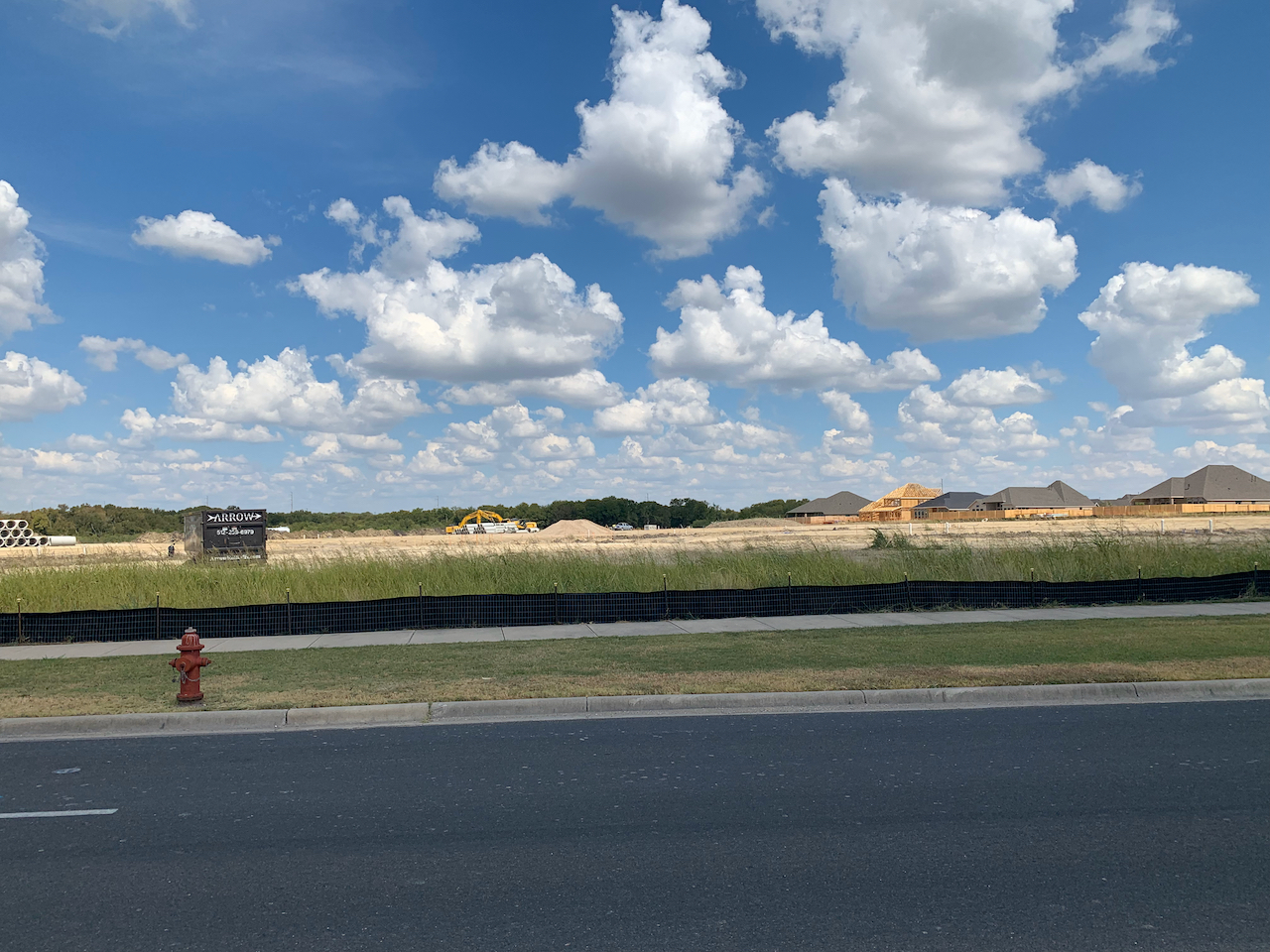This is one of four truths published by Farm&City in a report presented to the CAMPO Transportation Policy Board, February 9, 2020
Sprawl exacts a heavy & expensive toll. Environmental scientists & organizations, the US Environmental Protection Agency, the UN Intergovernmental Panel on Climate Change, & the American Conservative cite the need to end sprawling policies.

& 10,147,159 live in urban settings in Texas.
A higher percentage of the Austin region’s residents live in sub-urban places than all other major Texas metro regions, except the Rio Grande Valley. While Houston is seen worldwide as the poster child of the terrible costs of sprawl, there actually are a substantial number of people living in urban areas in the Houston region, according to Farm&City analysis, giving them better access to jobs, schools, retail, and other people than those experiencing the sub-urban lifestyle in Texas.

& 695,634 live in urban settings in the Austin region.
When we examine the lifestyle options available to the people of Texas, we find that Austin has a higher percentage of people living in sprawl – what many of us call the sub-urbs – characterized by lack of abundant multimodal access and high social, economic, environmental, and traffic costs, compared to those able to live in urban settings in Texas.
We divided Texas census tracts into three categories: rural, contains less than 1000 people per square mile; sub-urban, contains between 1,001 & 3,800 people per square mile, & urban, contains more than 3,801 people per square mile. We based cutoffs in this methodology on the research & writing of Professor & Author Peter Newman, whose body of work measures the sustainability & affordability benefits of urban living worldwide.

The charts below illustrate the oft-misunderstood dynamics of sprawl & urbanism in Texas metros. While Dallas & Houston appear choked in sprawl; in reality, Austin contains more percentage of people living in sub-urban settings than these peer regions. Only Austin & the Rio Grande Valley have more people living in sub-urban settings than urban.
We believe Texans should be free to live how they want, but should pay the costs of their lifestyle choices. More than 34% of the people of the Austin region wish they could live in walkable urban places with high quality transit, but our policies force sprawl on many who don’t want it.
Something caused Austin to grow in a more environmentally-destructive manner than Houston, DFW, & San Antonio. We believe there are two primary public policy arenas dictating this unfortunate outcome. The land development codes of the region’s cities – most prominently, but not exclusively, the exclusionary zoning system embraced by the City of Austin in the 1980s – limits the amount of people allowed to live in sustainable urban places, thereby limiting equity & promoting sprawl.

The second major policy arena has been a continuous series of decisions by CAMPO leadership that seem to have given a higher priority to the needs and wants of those living in sub-urban settings and experiencing long-distance commutes. The choices made in the development of the regional growth forecasts have played a large role in the spread of Austin’s sprawl. The Austin region – much like the State of Texas – has generally not focused meaningful regional funding on transit access or active transportation. However, an active transportation plan was recently completed and a regional transit study is now underway. The transit study, though, is not looking at improving transit for everyone, but excludes those living in urban areas & paying transit sales taxes, a seemingly unfortunate choice.
There are four blog posts in this series:
The Myth of Austin Not Building Enough Roads Isn’t True
TXDOT: Austin Has Not Received Less Per Capita Than Other Large Metros
Vehicle Miles Traveled: Austinites Drive More Than Other Texans
Sprawl: Austin is the Most Sub-urban Large Metro in Texas








Pingback:Vehicle Miles Traveled: Austinites Drive More Than Other Texans – Farm&City
Pingback:TxDOT Spending: Austin Has Not Received Less Per Capita Than Other Large Metros – Farm&City